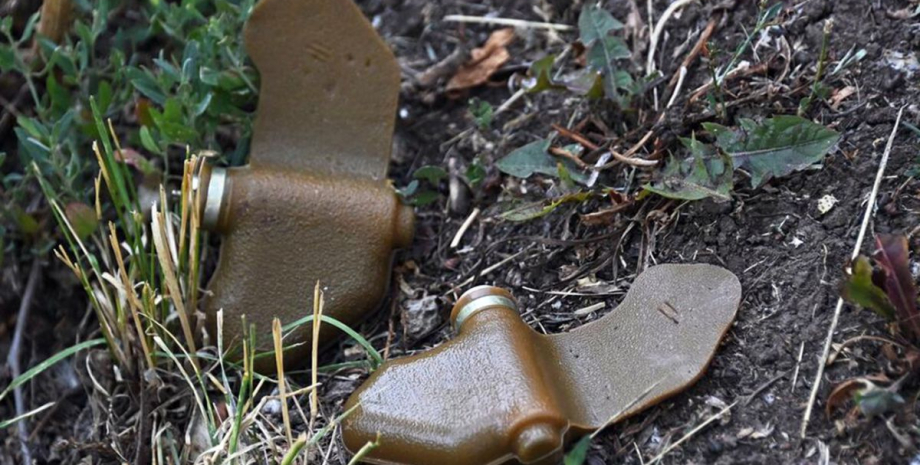
The detected mines do not have a marking that indicates the presence of a self -destruction device. That is, the use of such mines without marking is a war crime. However, the Russians sometimes apply fake marking - in a month, mines are found whole. Such small mines of PFM-1, or as they are called "petal" because of their shape, it is impossible to transport or exchanges, so they are usually destroyed where they are found.
The most polluted explosive objects are three regions of Ukraine: Kharkiv, Donetsk and Kherson. This was stated in February 2024 by the head of the organization of work on humanitarian demining of the SES of Ukraine Sergey Reva. PFM is an abbreviation from "Anti -Penanty Fugas Mina". In the USSR it was actively used during the war in Afghanistan. The mine exists in two variants: PFM-1 and PFM-1C.
The first variant of the mine does not have a self-liquidation device, the second equipped with a device that provides self-liquidation of the mine after 1-72 hours from the moment of installation. Outwardly, these two varieties of mines differ only in that there is a noticeable letter "C" on the wings of PFM-1C mines. Ukraine signed the UN Ottawa Treaty on the destruction of anti -personnel mines in 2005. And it got rid of Soviet reserves.
In the Russian Federation, according to the 2011 data, there are a large number of reactive shells of 9m27K3 with PFM-1C mines with exhausted storage. Russia produced new PFM-1C mines after 1992, but stated that in 1997, their production was reminded that on July 7 in the Kharkiv region, a whole family was killed near the village of Cirkuna, including two children. The driver ran into an anti -tank mine on a forest road.










All rights reserved IN-Ukraine.info - 2022